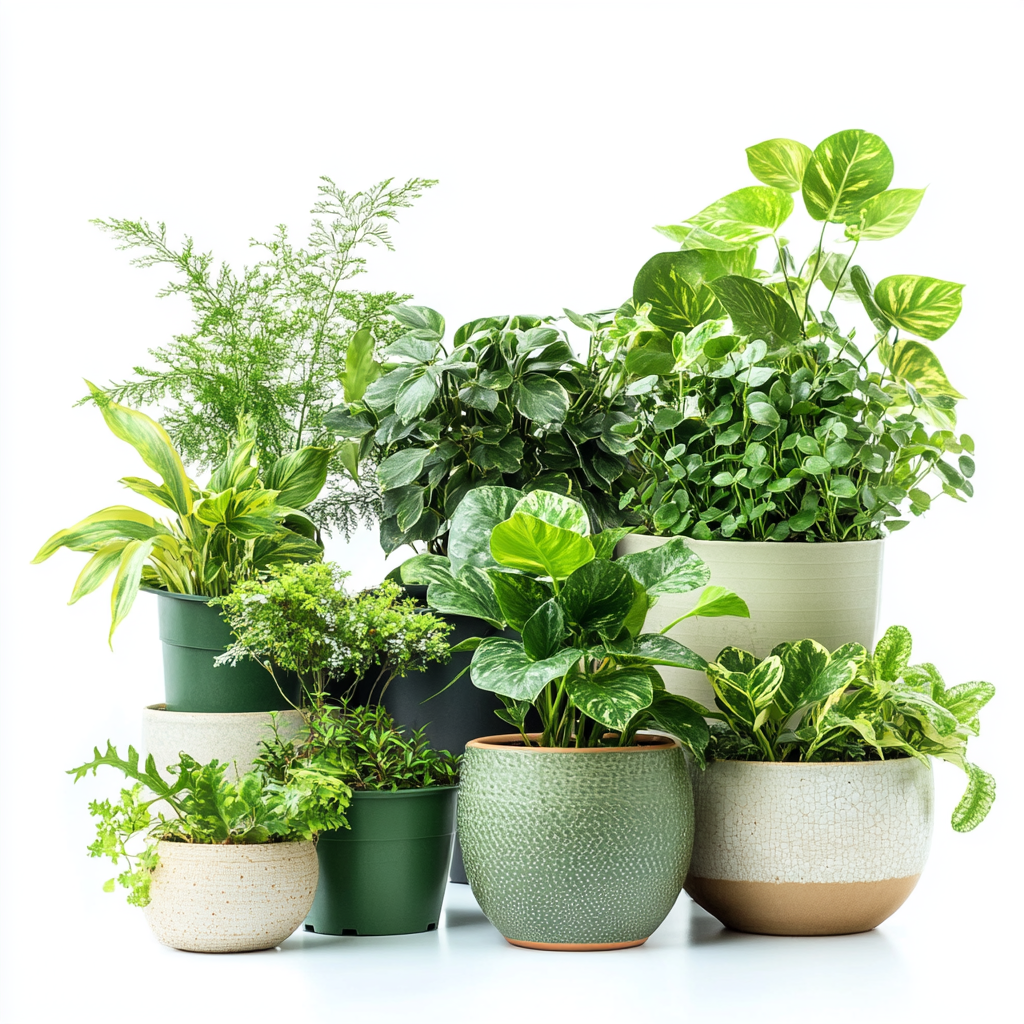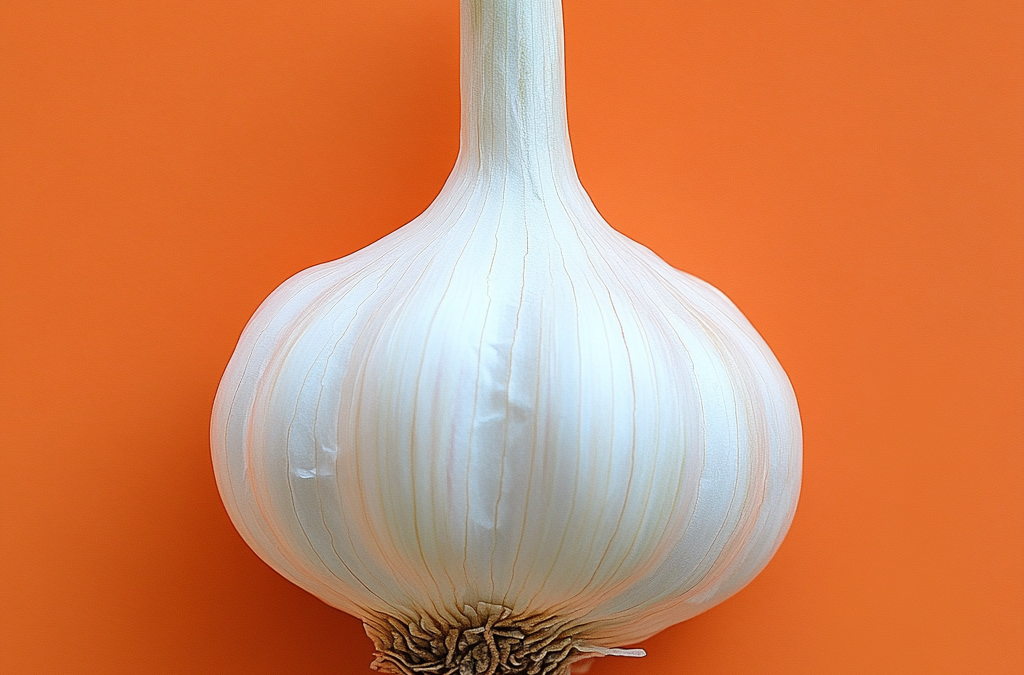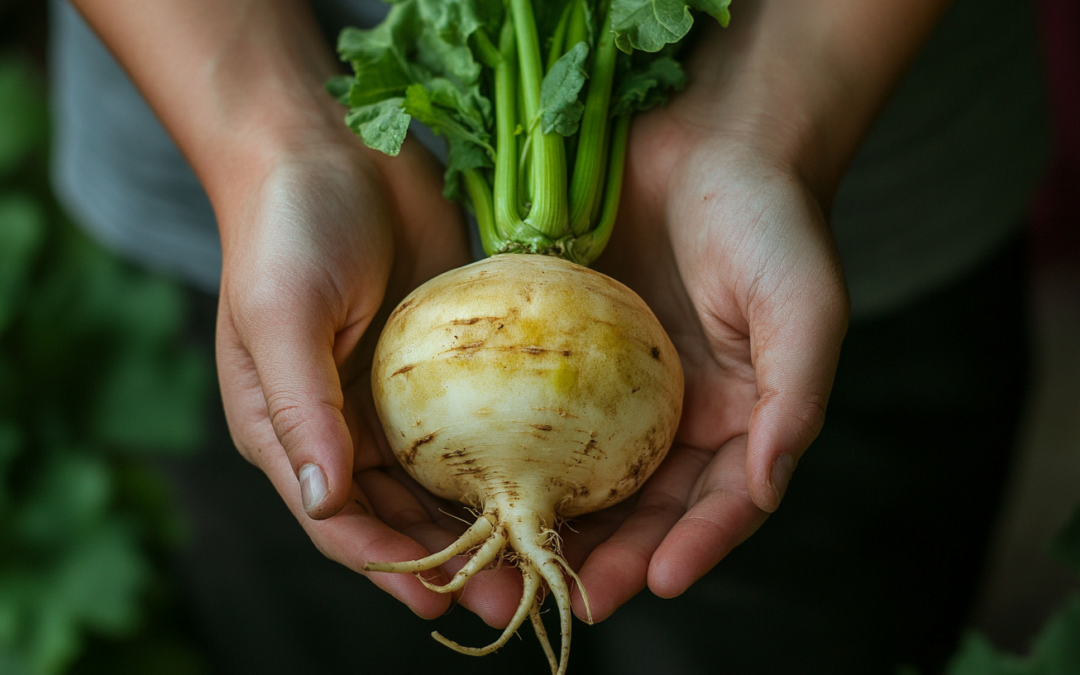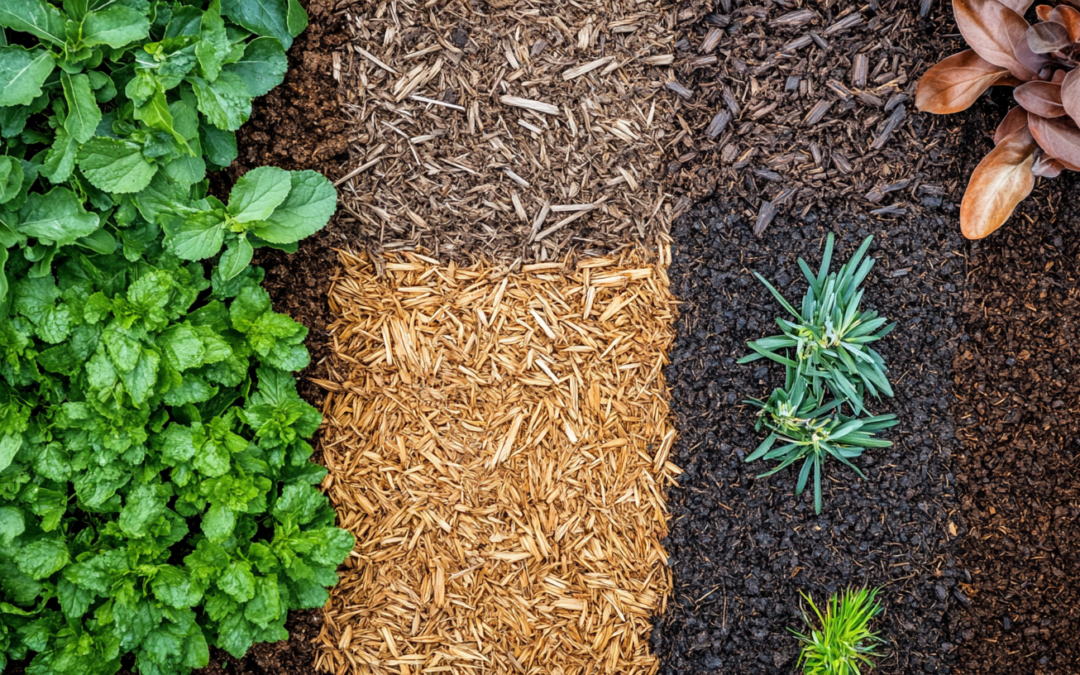Fertilizing your plants is essential for keeping them healthy and thriving, whether they’re in your living room or your garden. Plants rely on nutrients from the soil, but over time, the soil can become depleted. That’s where fertilizers come in, replenishing the nutrients your plants need for strong growth, vibrant flowers, and abundant harvests. But with so many options out there, how do you know which fertilizer is best for your plants? In this post, we’ll explore the best types of fertilizers for both indoor and outdoor plants.
1. Organic vs. Synthetic Fertilizers
Before diving into specific fertilizers, it’s important to understand the difference between organic and synthetic fertilizers:
- Organic Fertilizers: Made from natural sources like compost, manure, or plant-based materials, organic fertilizers release nutrients slowly and improve soil health over time. They are great for eco-conscious gardeners and those growing edible plants.
- Synthetic Fertilizers: These are chemically formulated to provide nutrients quickly. They are often more concentrated and can be tailored to specific nutrient needs. However, they don’t improve soil structure and can sometimes lead to nutrient imbalances if not used correctly.
2. Best Fertilizers for Indoor Plants
Indoor plants have specific needs since they are often in containers with limited soil. Here are some top picks:
- Fish Emulsion: A liquid organic fertilizer that’s high in nitrogen, fish emulsion promotes lush, green growth. It’s a great all-purpose fertilizer for indoor plants like ferns, pothos, and peace lilies. Apply every 4-6 weeks for best results.
- Liquid Seaweed: Seaweed-based fertilizers are packed with micronutrients and growth hormones that help plants grow strong and healthy. They are gentle on plants and can be used regularly without the risk of over-fertilizing. Great for leafy houseplants like spider plants or rubber trees.
- Slow-Release Fertilizer Pellets: These are small pellets that gradually release nutrients over time, reducing the need for frequent feeding. Perfect for busy plant owners, slow-release fertilizers are ideal for plants like snake plants, ZZ plants, and succulents.
3. Best Fertilizers for Outdoor Plants
Outdoor plants, including flowers, vegetables, and shrubs, benefit from fertilizers that support strong root development and abundant blooms or harvests. Here are a few options:
- Compost: One of the best organic fertilizers for outdoor plants, compost improves soil structure, enhances water retention, and provides a slow, steady release of nutrients. It’s perfect for vegetable gardens, flower beds, and trees.
- Bone Meal: High in phosphorus, bone meal is great for encouraging strong root growth and promoting blooming. It’s especially useful for flowering plants, such as roses, tulips, and dahlias.
- Blood Meal: High in nitrogen, blood meal is perfect for leafy plants like lettuce, spinach, and other greens. It helps promote healthy foliage and vigorous growth.
- Balanced Fertilizer (10-10-10): A balanced fertilizer with equal amounts of nitrogen (N), phosphorus (P), and potassium (K) is a great all-purpose option for outdoor plants. It works well for a wide range of flowers, vegetables, and shrubs, ensuring that plants get the right balance of nutrients.
4. How to Choose the Right Fertilizer for Your Plants
When selecting a fertilizer, consider the following:
- Type of Plant: Different plants have different nutrient needs. Leafy plants generally require more nitrogen, while flowering and fruiting plants need higher levels of phosphorus and potassium.
- Soil Type: If your soil is already rich in certain nutrients, you may not need a fertilizer that contains those nutrients. It’s always a good idea to test your soil before choosing a fertilizer.
- Growth Stage: Plants in their early stages of growth (seedlings or young plants) often need more nitrogen, while mature plants or those in bloom may benefit from more phosphorus and potassium.
5. How to Fertilize Your Plants
- Indoor Plants: For liquid fertilizers, dilute according to the instructions and apply to the soil when it’s moist, not soaking wet. For slow-release fertilizers, follow the package instructions and apply to the surface of the soil.
- Outdoor Plants: Apply granular fertilizers around the base of the plant, then water thoroughly to help nutrients reach the roots. For compost, spread a layer over the soil and work it in gently.
Choosing the right fertilizer for your indoor and outdoor plants is key to helping them grow strong, healthy, and vibrant. Whether you prefer organic options like compost and fish emulsion or more targeted synthetic fertilizers, regular feeding will ensure your plants have the nutrients they need to thrive. Remember to always follow the manufacturer’s instructions and avoid over-fertilizing, as this can harm your plants.
Happy gardening!



